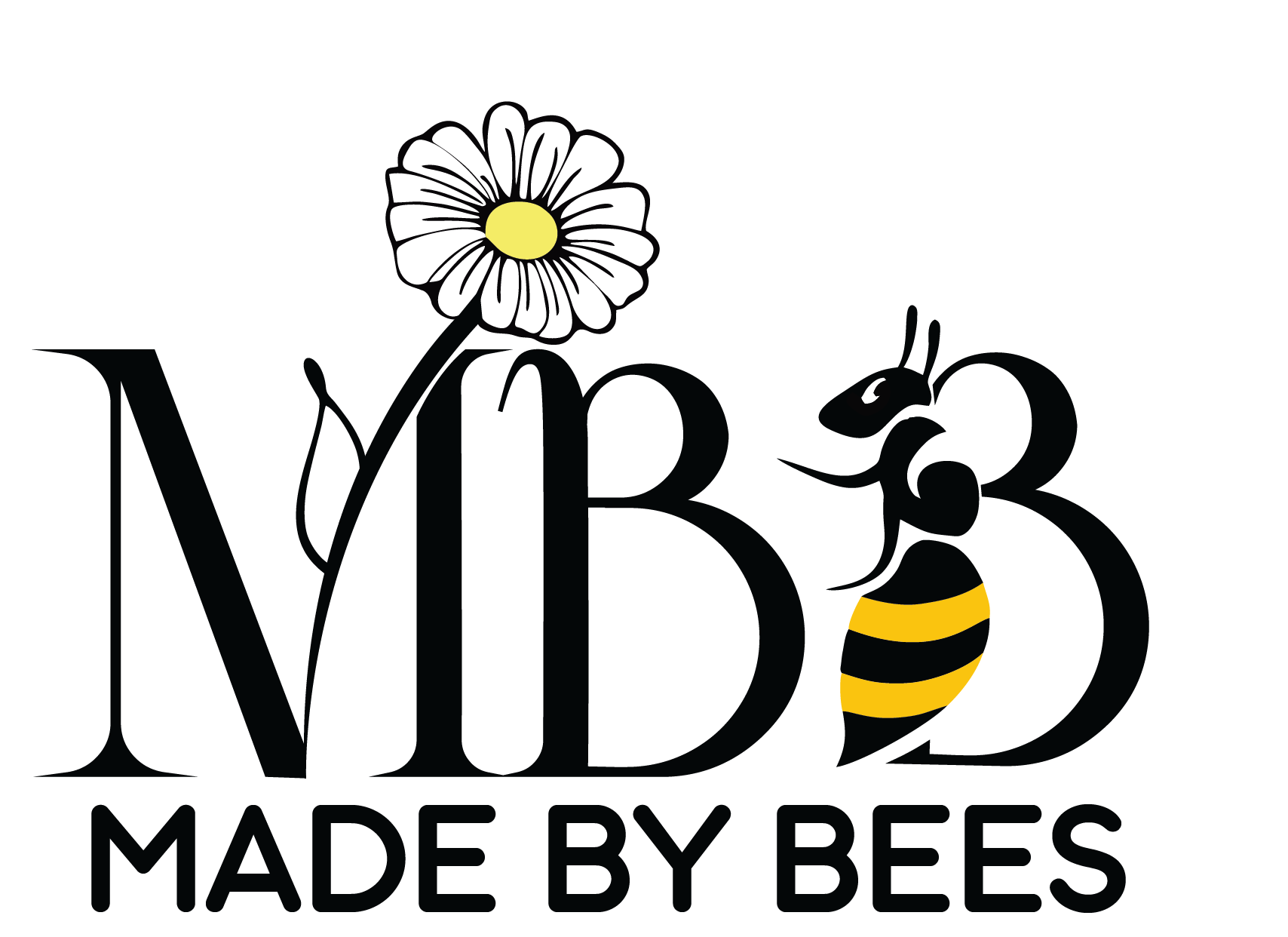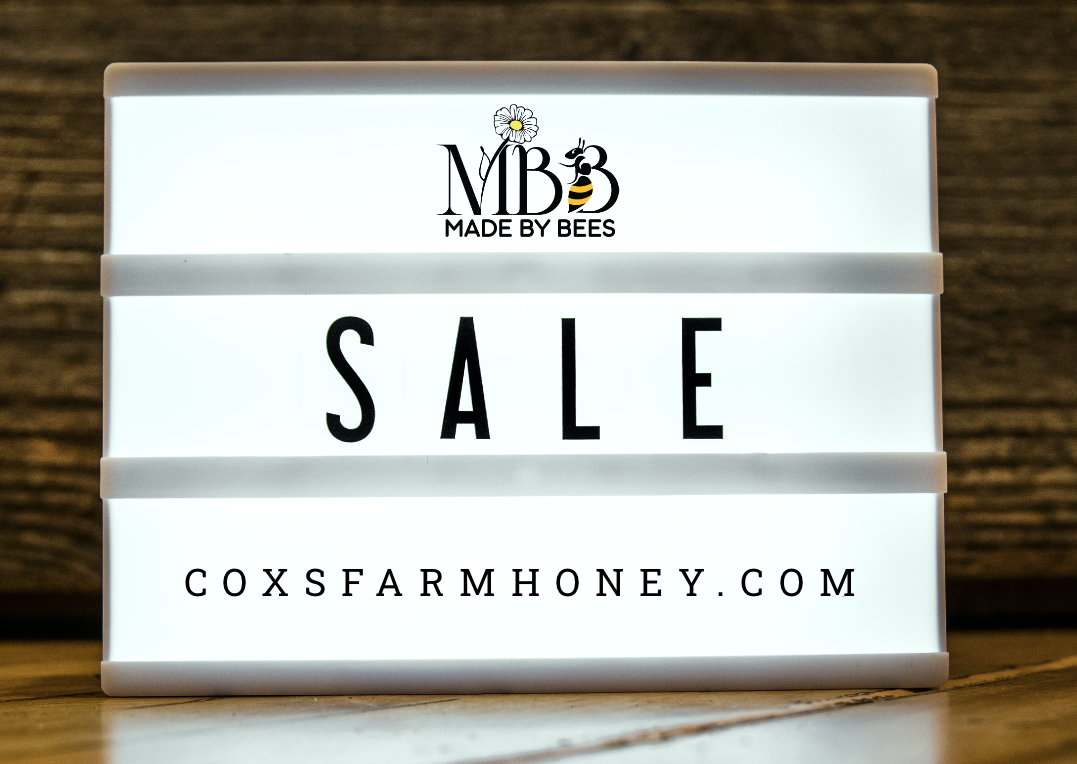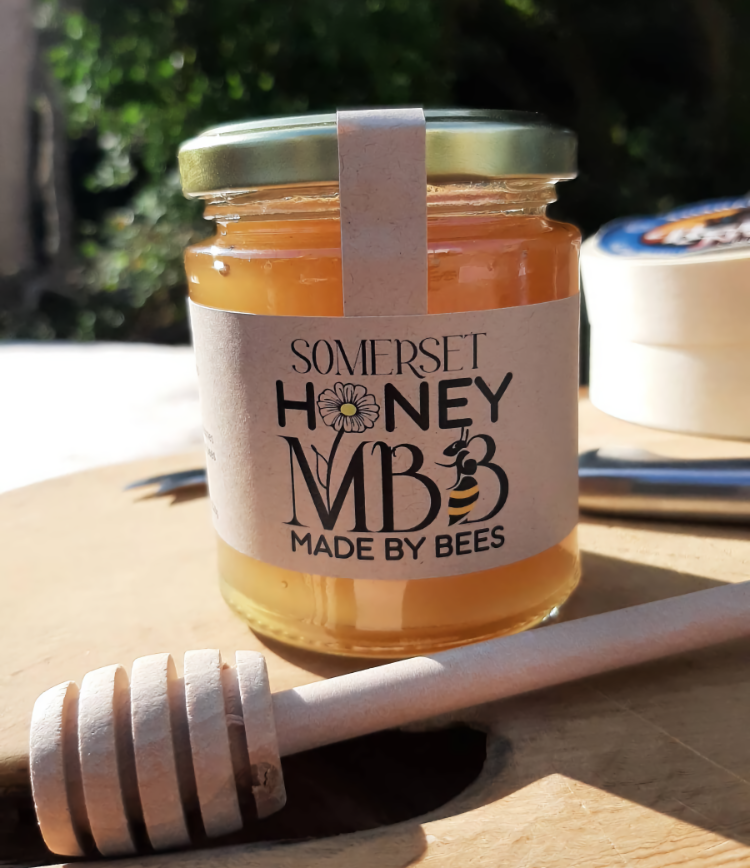Wild pollinators face many threats in the modern world, but we all have the ability to help in some way, here's how...
1. Put the chemicals away!
2. Create a nectar cafe
One of the largest threats to bees is a lack of safe, chemical-free food sources. By planting a "nectar cafe", you can create a bee friendly garden which could become part of a bee corridor linking up with other gardens like yours, abundant with plants that are rich in pollen and nectar. Nectar Cafes can be created in small and large gardens, balconies, window boxes, flower pots and planters, and across yards. Encourage your neighbours and friends to do the same. Check our link for Nectar Cafe ideas HERE3. Plant wildflowers & protect existing wildflower meadows
Since the 1930's the UK has lost 97% of flower-rich meadows as agriculural practices developed into more aggressive farming techniques, leaving our pollinating insects to literally starve.
Bring colour to any area big or small and feed the bees, you can even plant wildflowers in pots on a balcony. Wildflowers
Object to planning applications to build over existing wildflower meadows, write to your local MP to voice your objection.
4. Build a bee oasis
Bees can often be seen exhausted on the ground, especially during the warmer months. Often all they need is some water. With the lack of natural shaded ponds, bees have very little safe access to water. To create a bee safe, water hole, fill a shallow dish with pebbles, marbles or stones on which the bees can land. Then add clean water (preferably rain water) to just below the surface of the landing platform. The bees will then be able to land and drink safely.
5. Give the lawnmower a rest
In any garden, big or small, try keeping two lengths of grass. Leave some patches completely unmown to let taller flowers come into bloom. For the rest of the lawn, you can keep the grass shorter by mowing once every month to a height of 1 or 2 inches. You’ll cut off some flowers when you do mow but they’ll come back quickly. In doing so you will increase the amount of nectar-rich flowers for pollinators and see an increase in insect wildlife.6. Go Wild!
7. Build a bee hotel
Did you know that, with the exception of honeybees, most bees are solitary creatures?
70% of solitary bees live underground, while 30% live in holes inside of trees or hollow stems. Species like bumble bees build their nests in undisturbed land, and you can provide safe haven for them by leaving an untouched plot of land for them in your garden! “Bee condos” — which have small tube “apartments” — allow solitary bee species to take up residence.
Instructions for making your own Bee Hotel HERE
8. Let Dandelions bee
Learn to appreciate the beauty of the Dandelion. In Singapore Dandelions are highly sought after plants. What’s more in the UK in early spring often they are the only source of nectar and pollen available.
9. Bring nature into the classrooms
Get a buzz about the bees... bring nature into the classrooms and into the hearts of children everywhere. Teach them of the urgent need to take better care of the environment than previous generations.
10. Educate the next generation of caretakers HERE
Keeping managed honey bees will not help wild pollinators!
Managed honey bees are not necessarily endangered and their intoduction in large apiaries may exacerbate pressure on wild bee populations... Manage the density of your apiaries to avoid competition with native bees for floral resources, maximum of six (fewer if possible) colonies per well stocked acre. The land surrounding the apiary should be well managed and fully planted with nectar rich plants and flora for both long and short tongued pollinators to provide ample nutrition throughout the year. When establishing an apiary, the acre of land surrounding needs to be stocked in advance of siting hives. Managed colonies should not be introduced near rare wild bee sites. Bee health must be paramount to avoid spread of disease to wild population.






Share:
Top ten to attract bees
Why beeswax candles?